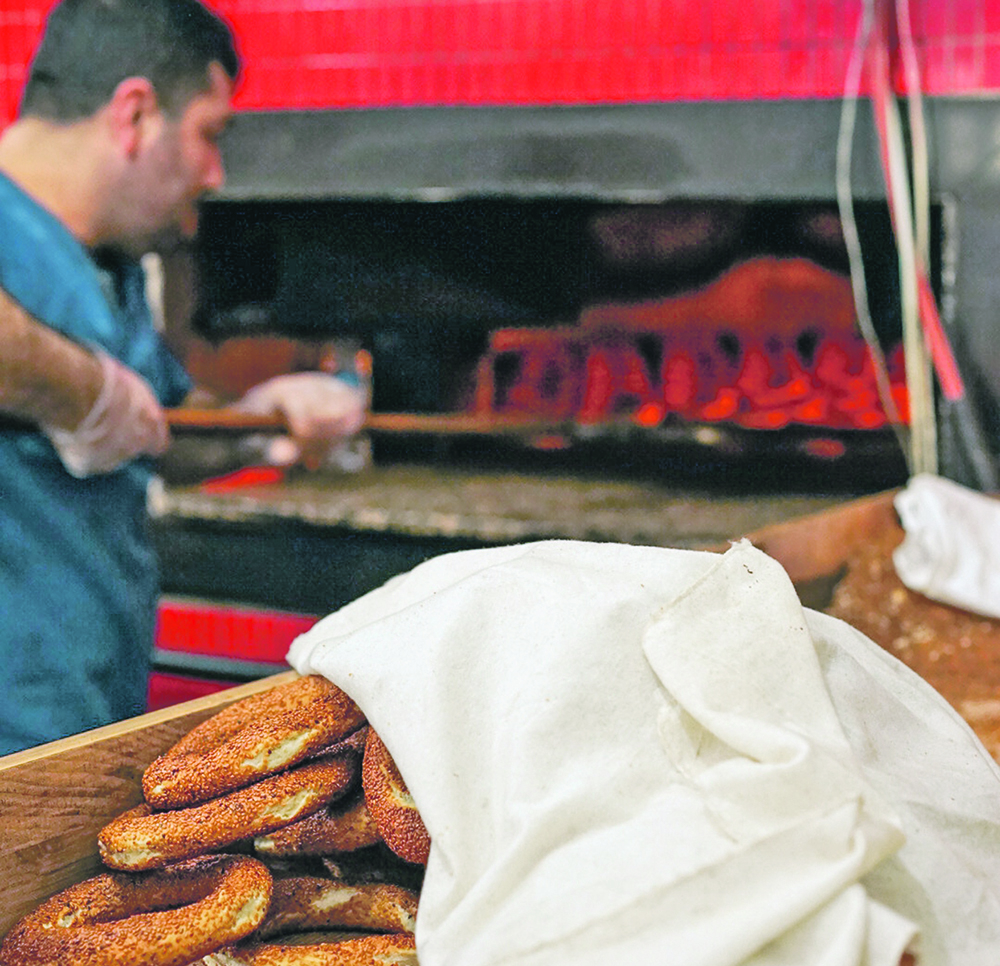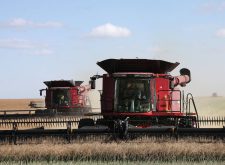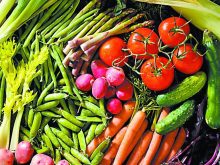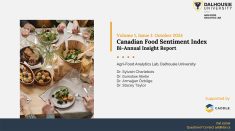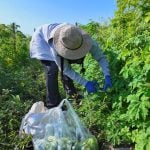War in Ukraine exacerbates existing supply chain problems, rising inflation and record debt triggered by COVID pandemic
Food price inflation is higher than it was during the Arab Spring revolts in the early 2010s.
The United Nations’ Food and Agriculture Organization’s Food Price Index averaged 159.3 points in March 2022, up 13 percent from February and the highest level since its inception in 1990.
It is well above the levels that existed during the Arab Spring, a series of anti-government protests and armed rebellions that spread across the Arab world in response to economic stagnation and high food costs.
Arlan Suderman, chief commodities economist with StoneX, said rising food prices are once again causing strife and disorder around the world.
Read Also
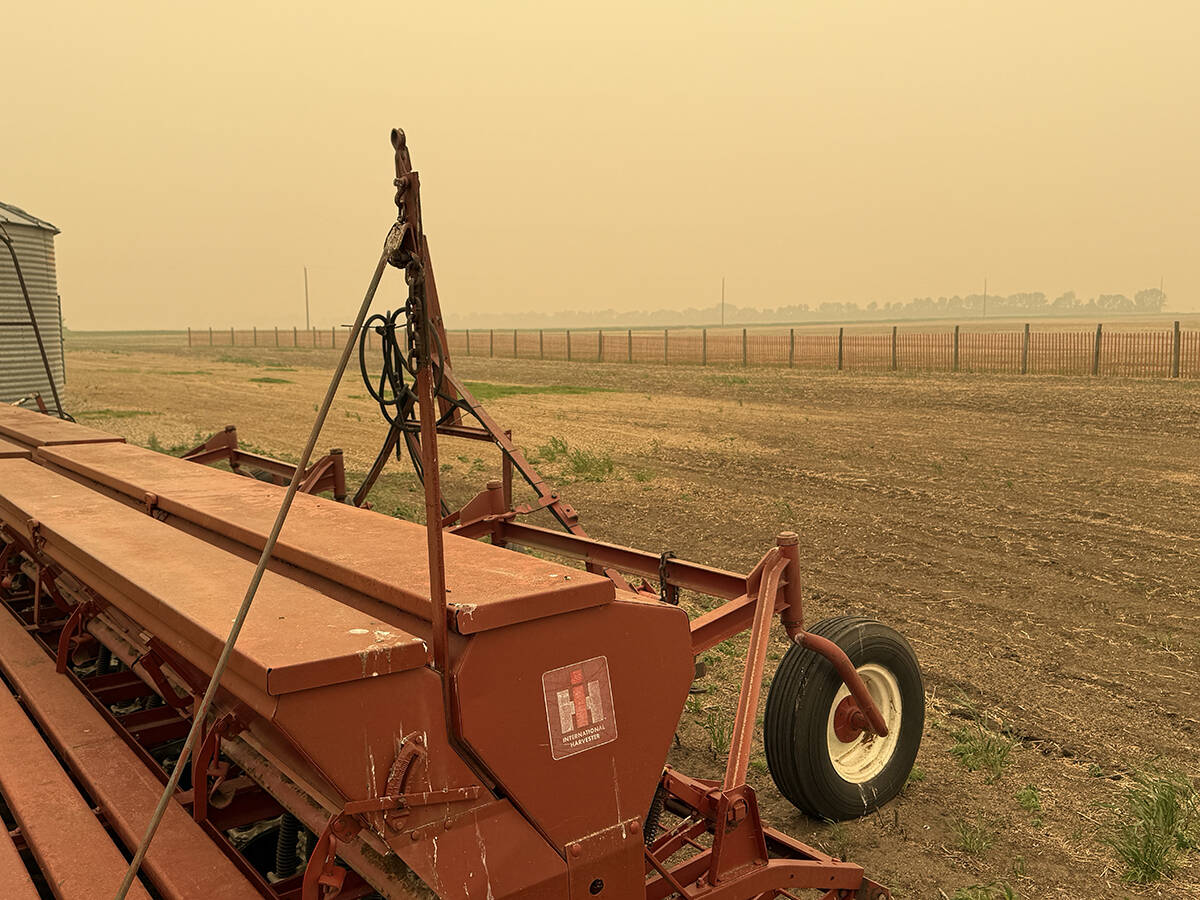
Wildfires have unexpected upside this year
One farmer feels smoke from nearby wildfires shrouded the July skies and protected his crop from the sun’s burning rays, resulting in more seeds per pod and more pods per plant.
“There’s a lot of countries very concerned about social unrest,” he said during a recent webinar.
Friederike Greb, economist for the World Food Programme, said the war in Ukraine is exacerbating supply chain problems, rising inflation and record debt triggered by the COVID pandemic.
“We are very worried about the situation indeed,” she said.
Many people in poor countries have lost their jobs or are working for less money.
“If you have lower income and food price shocks at the same time, that really creates a very dire situation,” she said.
Food price inflation is averaging 15 percent or more in 30 countries and between 10 and 15 percent in another 29 nations.
An estimated 60 percent of low-income countries are either in or at high risk of “debt distress.” That is double the level of 2015.
The WFP estimates that an additional 47 million people will become acutely food insecure in 2022, a 17 percent increase from the pre-war baseline of 276 million people.
Countries like Egypt, Turkey, Bangladesh, Iran, Lebanon, Tunisia, Yemen, Libya and Pakistan are in particular jeopardy because half or more of their wheat comes from Russia and Ukraine.
Suderman said the simmering civil unrest is leading to food policy changes in many countries.
“When countries start worrying about empty shelves of food they start hoarding supplies,” he said.
That has led to a surge in demand while a number of exporting countries are curtailing supplies.
As of April 5, 11 countries had implemented export bans on products such as wheat, corn, barley, oilseeds and lentils, according to the United States Department of Agriculture.
Suderman said the new import and export policies are creating a vicious cycle.
“That hoarding tends to increase demand in the near-term, making supplies even tighter, creating even more concerns about shortages,” he said.
Greb agreed that export bans are a major contributing factor to food insecurity and rising prices.
The WFP is one of many buyers having to pay those higher prices. It estimates that it will be paying an additional US$71 million per month for food and fuel compared to 2019 levels due to COVID and the war in Ukraine.
Suderman said the hoarding isn’t limited to food. The same thing is happening with fertilizer.
China took steps to curb fertilizer exports last October due to a global shortage of the commodity and rising costs. The restrictions are supposed to be relaxed in June.
“In June, do you really think they’re going to open the door to fertilizer exports when supplies now are tighter than they were then and prices are even higher?” said Suderman.
Russia is the world’s other main exporter of fertilizer. In March, Russia’s trade ministry issued a statement recommending that producers temporarily suspend exports of fertilizers in response to western sanctions.
Reduced fertilizer availability could result in lower crop yields around the world, further contributing to the supply issues that are prompting all the hoarding activity.


